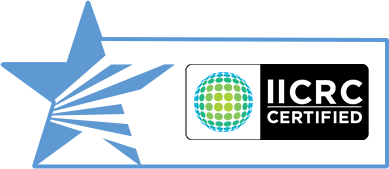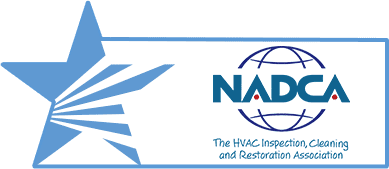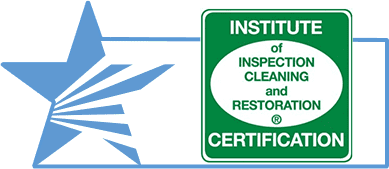
Mold FAQ
Explore Answers to Frequently Asked Questions on Mold Remediation & Removal
At Lone Star Pro Services, we take protecting your home or business very seriously. If you are (or suspect you are) dealing with mold on your property, we understand how overwhelmed you must be feeling. Below we have provided answers to some of the most commonly asked mold questions to help you through this process. Reach out to our skilled service professionals right away for dependable mold solutions and rest assured we’ll get the job done right.
Learn about Lone Star pro Services' mold remediation and removal services in Houston & the Greater Metro area!
What Causes Mold?
All it takes for mold and mildew to form is some moisture and organic material. Some of the most common sources of moisture that cause mold in a home or business include leaking plumbing pipes, high humidity, roof leaks, uncontrolled condensation, overflowing washing machines, poor ventilation, and flooding.
What Does Mold Look Like?
There are different types of mold, each of which varies in form and texture. Mold can appear in the form of fuzzy white fibers, black stains, slimy residue, dirt, soot, or clusters of black or colorful spots. Mold can be black, green, orange, gray, white, yellow, or blue.
Some of the most common indoor molds include:
- Alternaria
- Aspergillus
- Cladosporium
- Penicillium
What Does Mold Smell Like?
Serious mold infestations are often accompanied by a strong musty, earthy odor. Other people have described mold odors as similar to that of dirty socks or rotten wood. Mold typically smells pungent and unpleasant. Mold odors are caused by the microbial volatile organic compounds (MVOC) that mold releases as it grows. They can smell different to different people, so it is important to investigate any strong, unpleasant odors in your home or business.
How Dangerous Is Mold?
Mold can pose a serious health problem to anyone exposed to it; however, those with allergies, asthma, weakened immune systems, and existing respiratory problems are at risk of more serious complications. Mold produces allergens, irritants, and mycotoxins that can be toxic.
Below are common health risks associated with mold:
- Breathing problems
- Asthma attacks
- Chronic lung conditions
- Allergies
- Asthma development
- Respiratory infections
Some people are not sensitive to mold and therefore might not experience any side effects of mold exposure. Whether or not you are experiencing health issues caused by mold, mold growth needs to be treated immediately.
How to Test for Mold?
To test for mold, you have a few options depending on the extent of the suspected mold problem and your specific needs. Here are three common methods:
- Visual Inspection: Look for visible signs of mold growth, such as black or green patches.
- Professional Mold Testing: Consider hiring a professional mold inspector for a comprehensive assessment.
Remember, testing is just the first step. If mold is detected, address the underlying moisture issue, and consult a professional mold remediation specialist for safe and effective removal.
How Do Professionals Test for Mold?
Professionals test for mold by visually inspecting the area and taking air and surface samples. During the visual inspection, professionals look for water damage, visible mold growth, musty odors, and other signs of mold. If they find evidence that suggests mold growth is present, they will take air samples to measure the levels of airborne mold spores in the area. Surface samples are also collected from sites where visible growth or moisture is present to be analyzed in a laboratory setting. The results of the tests can then be used to help determine if further action needs to be taken.
How do I remove mold myself?
You can remove mold yourself by cleaning the affected areas with a mold-killing solution, scrubbing with a brush, and ensuring the area is thoroughly dried. Be sure to wear protective gear like gloves and a mask to avoid exposure. If the mold covers a large area, it’s best to address it promptly to prevent further spread.
What are signs of mold sickness?
Signs of mold sickness include coughing, sneezing, itchy eyes, skin rashes, headaches, and difficulty breathing. If you experience these symptoms after exposure to mold, it's important to seek medical advice. Long-term exposure to mold can lead to more serious health issues, so it's essential to act quickly.
Can a moldy house be saved?
Yes, a moldy house can often be saved with the right steps. The key is addressing the root cause of moisture, removing the mold, and repairing any damage. In severe cases, professional mold remediation may be needed. Once treated, ongoing maintenance can help prevent future mold problems.
How to treat mold inside walls?
Treating mold inside walls involves removing the drywall and insulation that has been affected. Once the area is exposed, the mold can be cleaned or treated, and the source of moisture must be fixed to prevent future growth. If the mold is extensive, it’s advisable to consult a professional. Proper ventilation and moisture control are crucial to prevent mold from reappearing.
How to Get Rid of/Clean Mold
For minor mold problems, you can attempt to treat the mold on your own. However, treating mold is very tricky and DIY projects often only provide a temporary solution. To ensure the problem is addressed early and effectively, your best bet is to bring in a team of professionals. Contact us here.
Click for more professional insight on mold removal and remediation and services from Lone Star Pro Services!








